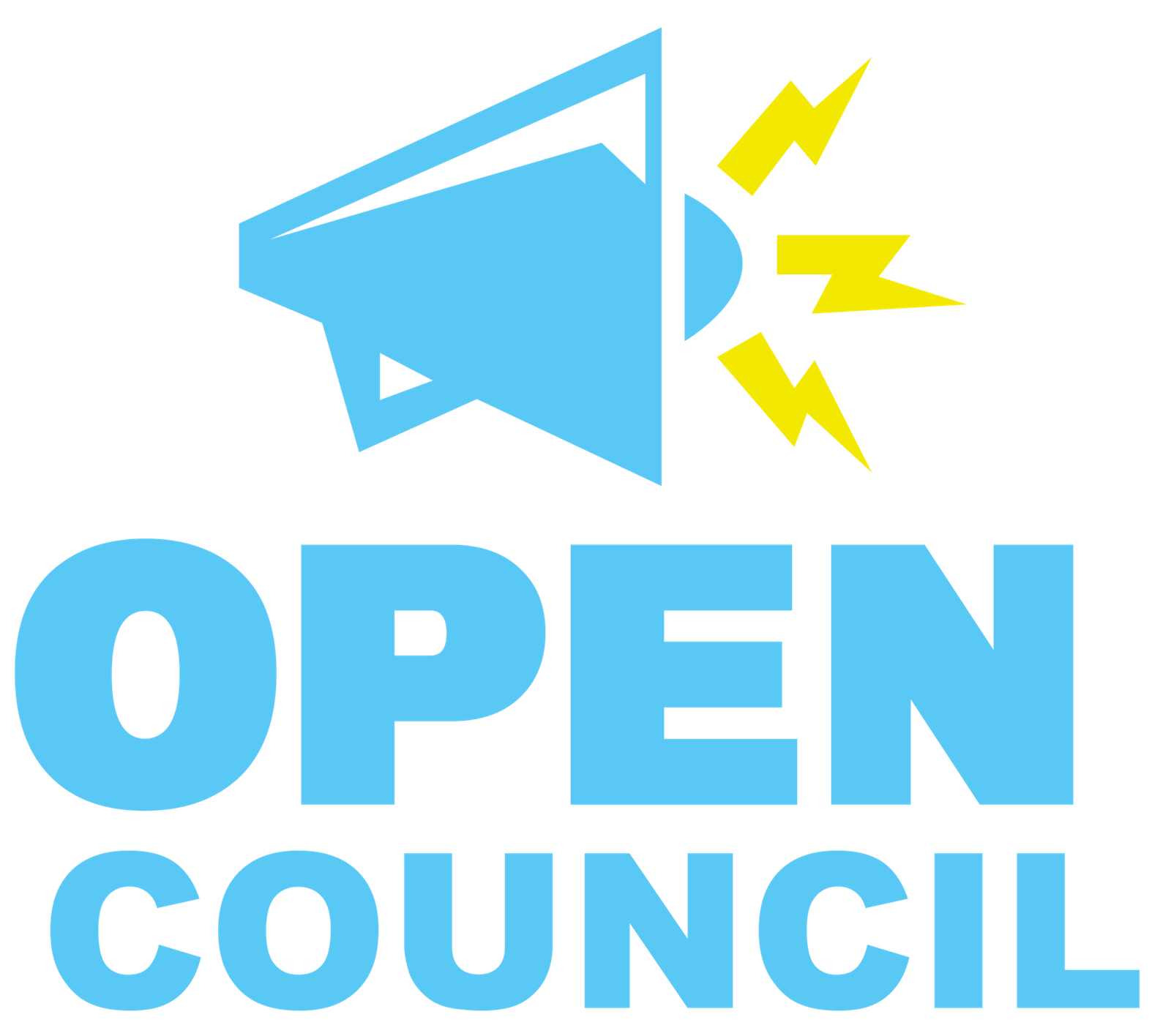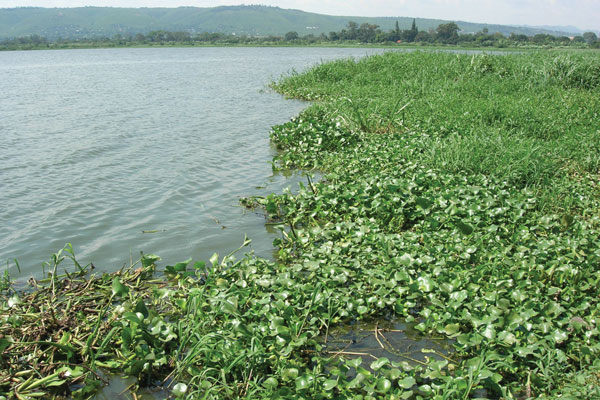HON. MAZHINDU asked the Minister of Environment, Climate Change and Wildlife to apprise the House on measures being taken by the Ministry to control the spread of hyacinth water weed which is threatening Lake Chivero, Prince Edward Dam and other water bodies.
THE MINISTER OF ENVIRONMENT, CLIMATE AND WILDLIFE (HON. DR. NYONI): Mr. Speaker, allow me to thank the Hon. Member for the question posed. Indeed, water hyacinth is an alien invasive weed that has become a cause for concern. In response to the written question submitted by Hon. Mazhindu, I would like to provide a detailed overview of the actions and strategies implemented by my Ministry.
The Ministry of Environment, Climate and Wildlife has been actively engaged in addressing the issue of water hyacinth infestation in various water bodies across the country. Water hyacinth (Eichhornia crassipes) is an invasive aquatic plant that can rapidly multiply and form dense mats on the surface of water bodies, leading to ecological imbalances and negatively impacting biodiversity.
Water quality monitoring and law enforcement.
Mr. Speaker, my Ministry through the Environmental Management Agency (EMA) has been monitoring the quality of water in dams such as Chivero. It is disheartening, however, to note that there has been the deterioration of water quality in these dams. Such deterioration has been driven by the discharge of partially treated municipal and industrial effluent into rivers that pass through a number of our major towns owing to the breakdown of sewage treatment plants operated by local authorities such as Harare, Ruwa, Chitungwiza and Norton.
These rivers are the tributaries of our dams and lakes. The discharge of sewer water rich in nutrients has resulted in the proliferation of water weed. In order to mitigate this, the Ministry through the agency has implemented a raft of measures that include issuance of fines, serving of environmental protection orders, prosecution through the courts and bringing the local authorities for hearings before the Environment Management Board.
Surveillance and monitoring
One of the key measures undertaken by the Ministry is regular surveillance and monitoring of water bodies known to be at risk of water hyacinth infestation. Through aerial surveys, satellite imagery analysis, and on-going inspections, we are able to track the spread of water hyacinth and identify areas requiring immediate intervention.
Mechanical removal
To combat the spread of water hyacinth, our Ministry has deployed mechanical removal techniques such as using specialized boats equipped with cutting blades or rakes to physically remove the plants from affected areas. This manual removal process helps in clearing large patches of water hyacinth and preventing further expansion.
Biological control
In addition to mechanical removal, we have also explored biological control methods as a sustainable approach to managing water hyacinth infestations and Kariba weed. This involves introducing biological agents such as water hyacinth hopper and Kariba weed weaver that specifically target water hyacinth while minimizing harm to native species and ecosystems. In this regard, my Ministry is working with the Plant Protection Institute under the Department of Research and Specialist Services in the Ministry of Lands, Agriculture, Water Fisheries and Rural Development. The trial will target Umguza, Shangani and Chinyika Dams as well as Borrowdale Ponds.
Community Engagement
Furthermore, community engagement plays a crucial role in our efforts to control the spread of water hyacinth. We work closely with local communities living around affected water bodies to raise awareness about the impacts of invasive species like water hyacinth and involve them in clean-up activities and monitoring initiatives.
Research and Innovation
Mr. Speaker Sir, my Ministry continues to invest in research and innovation aimed at developing new technologies or strategies for more effective management of water hyacinth infestations. By collaborating with scientific instructions and experts in this field, we strive to stay at the forefront of combating invasive species threats.
- Coordination with Stakeholders
Lastly, we recognise the importance of collaboration with other Government agencies, non-governmental organisations, research institutions, and international partners in addressing the challenge posed by water hyacinth infestations. By fostering partnerships and sharing best practices, we can enhance our collective efforts towards sustainable environmental conservation. In this regard, for a lasting solution to the infestation, there is need for our local authorities to ensure that they treat their waste water to the appropriate levels set by the law.
This will require a complete revamp of the sewer reticulation and treatment infrastructure. Although my Ministry was part of an Inter-ministerial Committee on pollution in the past that successfully lobbied for borrowing powers to rehabilitate such infrastructure, it is disheartening to note that less than a decade after there is the continued discharge of approximately 416 megalitres of raw effluent into our rivers daily. I thank you Hon Speaker.



